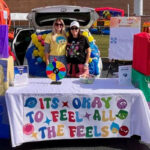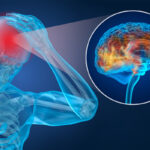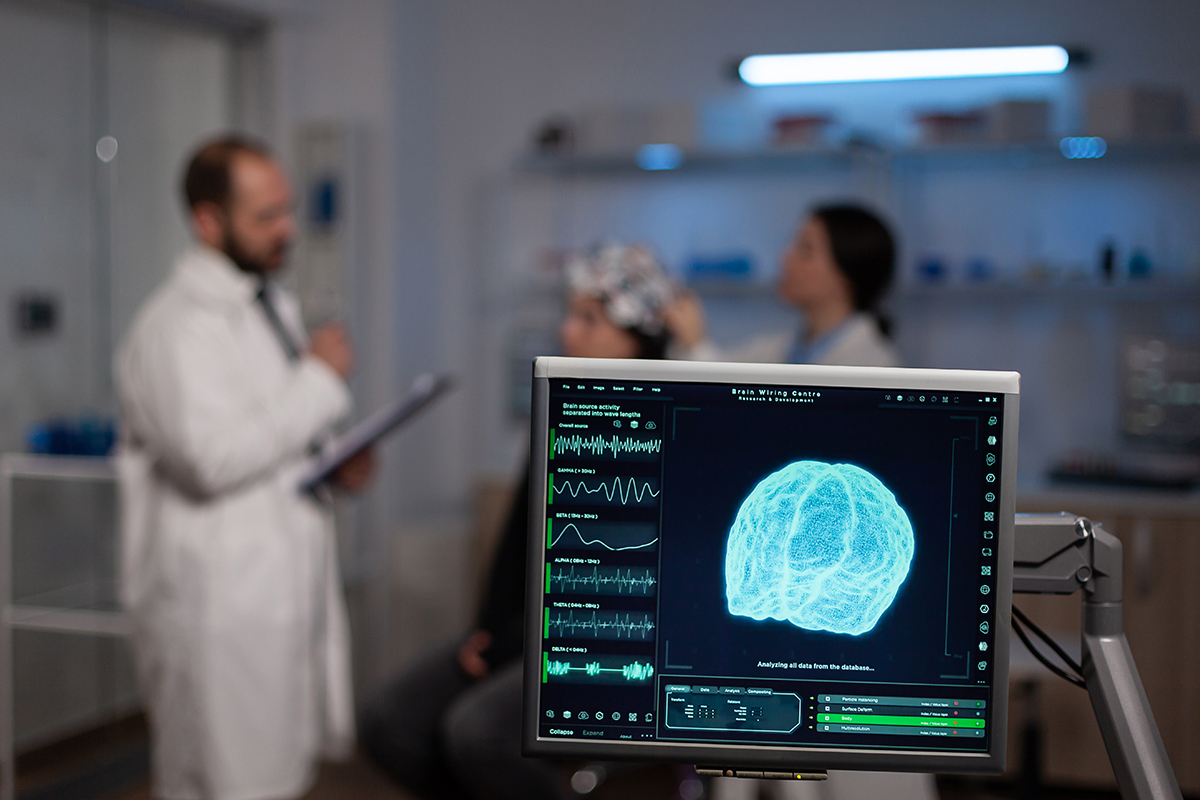Just as biofeedback allows physicians to help patients control their heart rate and breathing to resolve physical health issues, neurofeedback enables patients to monitor and adjust their brainwaves to better deal with anxiety, depression, problems with learning and concentration and more. Neurofeedback enhances the brain’s ability to move from one form of wave activity to another. Electrically charged, these waves fall into four different categories and are measured in cycles per second:
Here’s a brief description of each:
- Delta waves – (1.5 – 4 cycles per second) – are the slowest and occur when we are asleep
- Theta waves – (5 and 8 cycles per second) – are also relatively slow and predominate when we are deeply relaxed, mentally inactive
- Alpha waves – (9 – 14 cycles per second) – represent a medium frequency that takes place when we are fully awake but not actively engaged in thinking or interacting with our environment
- Beta waves – (15 – 40 cycles per second) – are the fastest and indicate we are fully engaged in thinking and problem solving.
Neurofeedback enables us to measure the wave output of various sections of the brain and then compare these outcomes to those of brains operating at an optimum level. This information is then sent back to the patient’s brain. Acting on this data, the brain is encouraged to produce faster or slower brainwaves to reach a frequency that is within the preferred range of functionality.
For example, a person who is having trouble focusing at work or school can enhance their ability to concentrate by retraining their brain to produce more beta waves. While a patient who is experiencing insomnia can learn how to slow down their beta waves so theta waves predominate. New brain wave patterns are established through multiple neurofeedback sessions, which, depending on the patient and their ailment, can range from 10 to 40 visits. Once optimum levels of activity are reached, this change should continue with just occasional reinforcement sessions.
Neurofeedback trains the brain to function more effectively
Just as with any training program, a base line of activity has to be established and recorded before any training can take place. In the case of a neurofeedback patient, this is done by taking a QEEG brain map to show and record how their brain is currently functioning. Below is an example of a brain map for a patient with ADHD compared to the map of a person of the same age without this condition.
During the sessions small sensors are placed in different locations on the patient’s scalp allowing the electrical activity of the brain to be monitored. Based on specific algorithms, this activity is amplified and filtered, allowing brain waves to be visualized on a computer screen during the course of certain activities. These visuals enable patients to see how their brainwaves look when they are stressed or relaxed, focused or unable to concentrate.
Once patients can see the relationship between specific brain states on the screen, they can use this visual and audio feedback to regulate their own brain activity. Over the course of treatment, the patient learns how to activate positive brain activity and inhibit less desirable activity. Eventually, when these skills are generalized, the patient is able to regulate these states effortlessly and automatically themselves, on a permanent basis.
Two types of Neurofeedback
There are two types of neurofeedback therapy – passive therapy and active therapy. The difference between them is the degree of the patient’s involvement in the process but both are equally effective:
- Passive neurofeedback – sends low-energy radio waves through the brain and measures them on their return. Sensing a disruption in its signal processing, the brain automatically readjusts itself so the waves follow a better and more efficient pathway. Multiple sessions are required in order to measure the brainwaves and find the settings that will achieve the optimum treatment for each patient.
- Active neurofeedback – uses various specific stimulus to help patients control their brain waves and break harmful patterns. These stimuli can be a sound or light cue or even a video game that is used by the therapist to give positive reinforcement when the patient’s brain waves reach a desired frequency.
The Low Energy Neurofeedback System (LENS)
In 1990 Len Ochs, PhD, an experienced neurofeedback practitioner and a pioneer in the field, developed the elements of a very different neurofeedback system – the Low Energy Neurofeedback System or LENS for short. Refined over the decades, LENS has been used successfully to treat over hundreds of thousands of clients in six continents and is still a primary neurofeedback tool.
The LENS represented a significant improvement over previous neurofeedback systems. First, it operated much more rapidly which made it easier to use for patients who were hyperactive or/and found it difficult to focus. A typical LENS session takes less than 5 minutes and the number of sessions needed to achieve a positive result was between 1 and 40. The overall average number for successful therapy is 20 sessions.
The LENS works particularly well with issues effecting the Central Nervous System. These often include symptoms on the spectrum of anxiety-depression spectrum, ADHD, sleep disorders, headaches and emotional disturbances. It is also used to treat brain conditions that are organic in nature such as seizures, autism and cerebral palsy.
Here’s how LENS works
Sensors are applied to the scalp to record brainwave activity. These signals are processed by the computer and information is extracted from them about key brainwave frequencies. Then this data is feed back to the client via sensor wires attached to their skin. The result is that the brain is trained to reduce or eliminate negative behaviors it was previously engaging in. During the session, the patient feels little other than a sense of calm and relaxation but the result is generally long lasting.
Here are some of the conditions LENS treats
- Cognition – Issues with sequencing, memory, providing and maintaining attention, concentration, clarity and organization.
- Mood – lack of control over anger, sadness and explosiveness.
- Motor – problems with eye-hand coordination, balance, muscle tone and tremor.
- Motivation – Difficulties with initiating tasks, transitioning from one activity to another and completing projects.
- Anxiety – feeling overwhelmed by worry, rumination, palpitations, tremors and trouble sleeping
- Reactivity – hyper-reactivity and sensitivity, multiple chemical sensitivities.
- Pain – brain-generated and vascular pain.
.
In addition, the LENS has proven effective in treating symptoms of Traumatic Brain Injury well beyond the time medication or other therapies work whatever the cause of the injury.
Brainmaster is the latest development in neurofeedback devices and for many neurofeedback specialists is becoming the preferred option for treating anxiety and depression. Based upon years of research on the brain and in the development of analog and digital techniques, it uses a Quadrature Analyzer to offer almost instantons and accurate feedback of all EEG variables such as amplitude, phase, frequency, coherence, similarity, comodulation and other component values. It can detect, calculate and provide responses to brain activity faster than conventional designs, significantly enhancing EEG training. Moreover, it displays this activity in real time, showing the areas of the brain where it is taking place as it is occurring.
During a session on BrainMaster the patient can listen to sounds and/or play a video game on a computer screen, controlling the action with their brainwaves. Achieving the desired brain wave state makes the game continue and earns points. Through this game, the brain learns how to correct and follow patterns that are more effective.
For more information on how neurofeedback is used to treat a wide range of conditions including ADH, depression, anxiety, traumatic brain injury and other brain disorders, please ask for a personal consultation. Just call us to set up an appointment soon.






